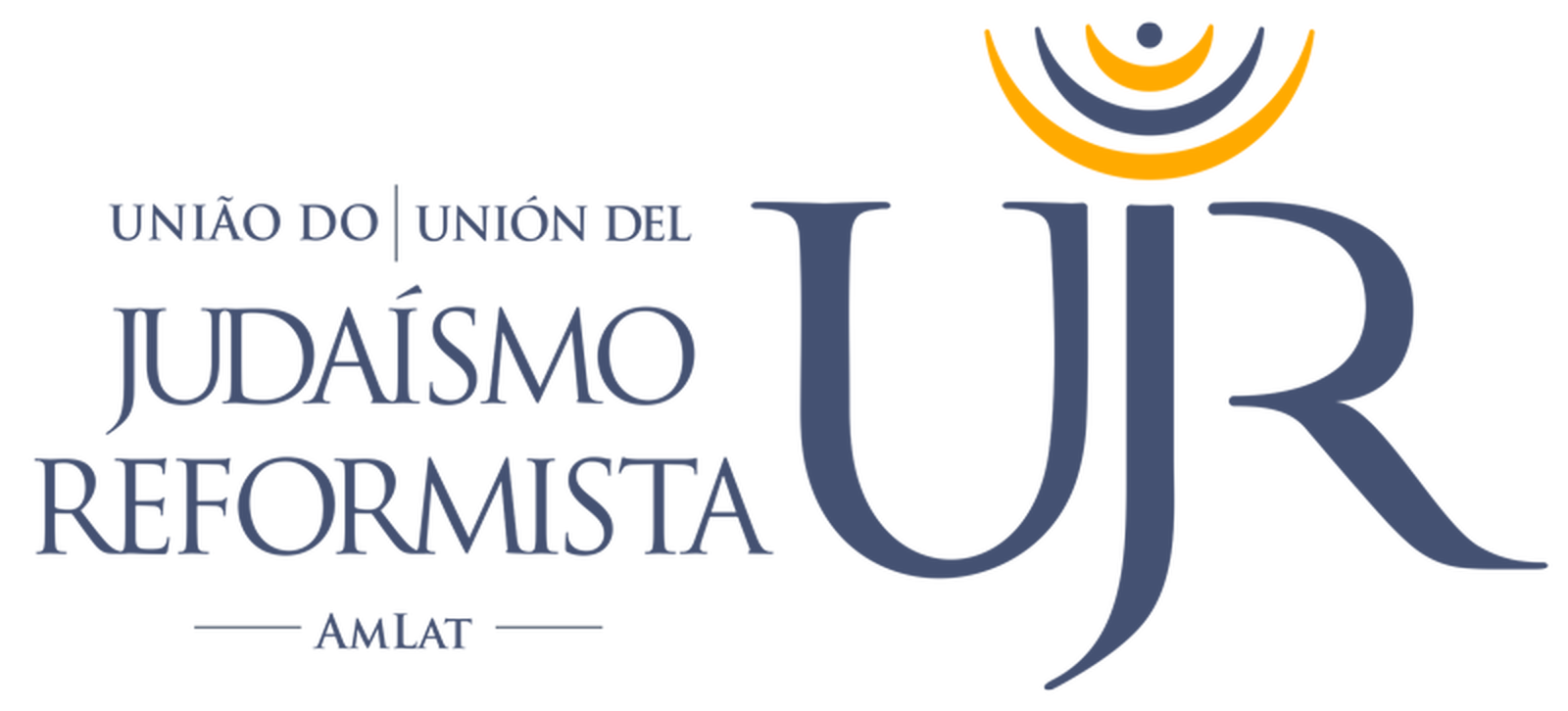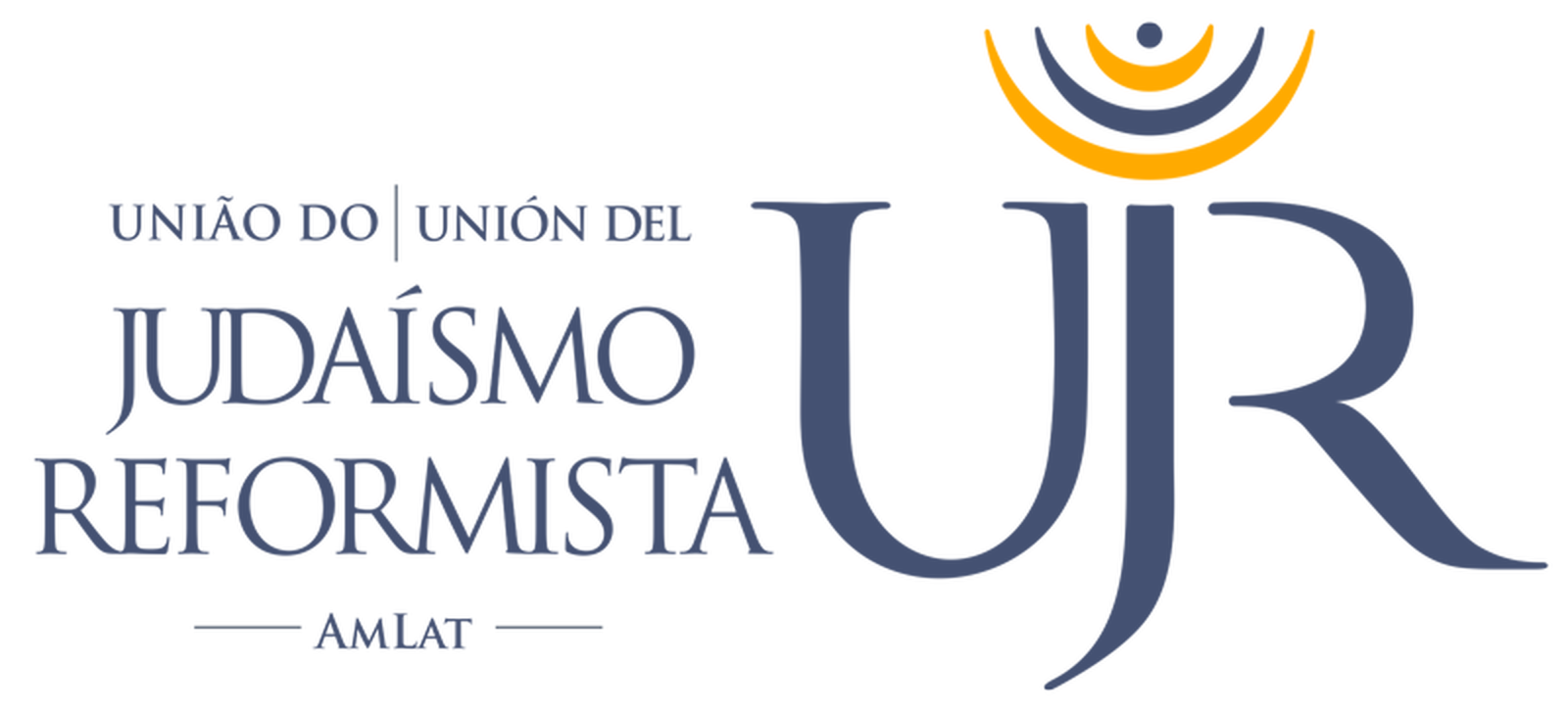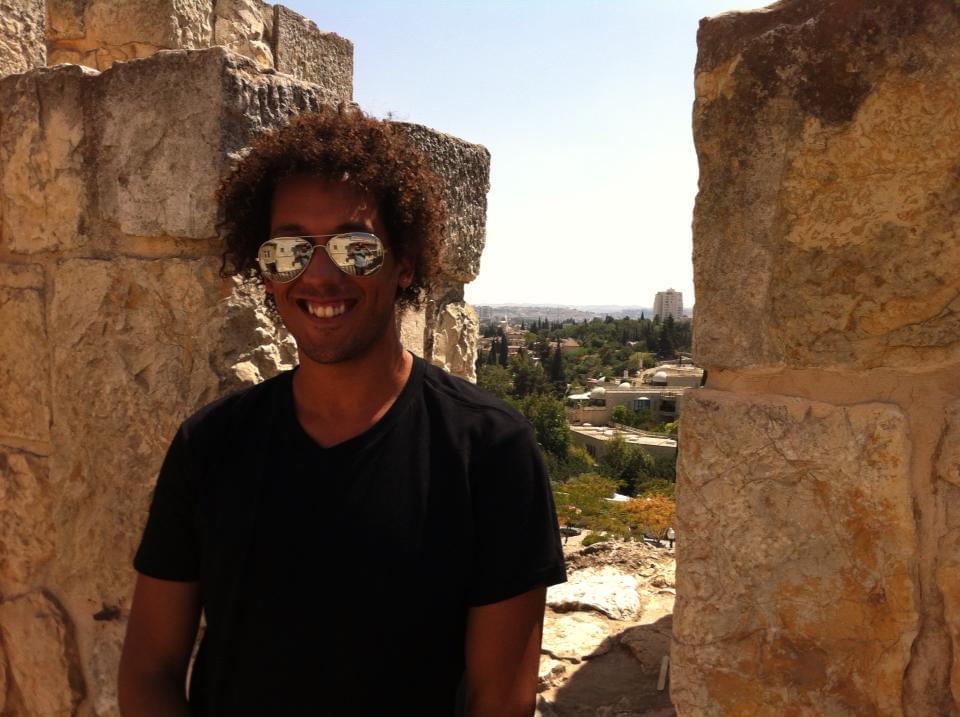A Jew of Marrano descent, black, artist, gay and centre-left. How could I disagree more with the traditional São Paulo Jewish community? A plural community, but which is based upon a very similar demographic, of white people, of middle and upper classes, formed by groups from the same regions and fleeing from the same pains and wars. Obviously not all are like that, but a large number.
The Jewish history of my family goes back to the times of the Catholic Inquisition and after much assimilation, I, a Brazilian, fruit of the mixture of blacks, natives and whites, returned the blood and surname of my ancestors to the Jewish people, implying in many cultural and ethnic shocks in this return – so far, the first is evidently that of colour, not that of representativeness.
If we were to take a census of how many black male and female Jews there are in the Jewish community in Brazil, whether via conversion or mixed marriages or even black people of direct Jewish ancestry, we could count it on our fingers, without having to do much work with statistical analysis methods. When it comes to the Jewish community of São Paulo, then, it’s much easier to know how many we are.
The country with the largest number of blacks in the world outside Africa does not see this reality present and represented in several places. We do not see each other on TV. Our participation in advertising campaigns is still timid. Even products made for our phenotype were a mere dream until a few years ago, like a shampoo or conditioner for curly hair, for example. It would not be different in the Jewish community. We are still very few, insignificant, but already relevant enough in some instances to generate discomfort in some institutions of the community that have already started this struggle for change, especially in the tnuot and the younger people who want to speak more and more about the need for diversity within our people.
In these pandemic times, with the explosion of the Black Lives Matter movement, we have already had countless livestreams with the participation of some of these few black Jews. It gives us a certain hope that we will be more and more included, and no longer made invisible by the structural racism that is established in everything, even if this practice of “invisibility”, of preventing access, is unconscious.
The Jewish people have always been diverse; we have always been strangers to other peoples, nomads and above all, critics. Our first revolution is eternalised in the Shema when we have chosen to have a single G´d that made us scattered around the world, according to the Torah. Thus, this ancient diaspora made our white, black, red and yellow faces become a rainbow of Jewish colours, all beautiful and all possible to represent the richness of our faith and our resistance.
—
Eduardo Barros
With a bachelor and postgraduate degree from Belas Artes School, Eduardo is an active artist in the Jewish community, in groups such as Lehakat Carmel from Hebraica São Paulo, Beiachad (Congregação Beth-El’s young adults group), and with the advocacy group from the American Jewish Committee – AJC, ACCESS BRASIL.


